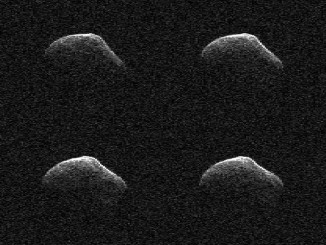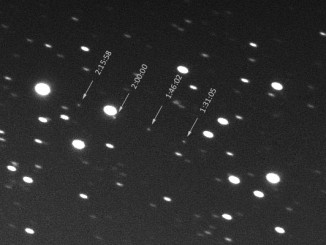Philae manager Stephan Ulamec provides an update on the status of the lander following it’s arrival on the surface.
Related Articles

News
Dark comet’s flyby of Earth observed with radar and infrared
Astronomers were watching when comet P/2016 BA14 flew close by Earth on 22 March at a distance of slightly more than nine times the distance of the Moon. Radar images from the flyby indicate that the body is about a kilometre in diameter, while infrared spectra indicate that the comet’s nucleus is as dark as fresh asphalt.

News
Astronomers recall discovery of Phaethon — source of Geminid meteors
The beautiful Geminid meteor shower is due to light up the heavens this weekend, but the source of the enigmatic cosmic display had eluded stargazers for more than 120 years. Then, in 1983, two University of Leicester astronomers — Dr. Simon Green and Dr. John Davies — used data from the IRAS satellite to discover 3200 Phaethon, an asteroid with a very unusual orbit.

